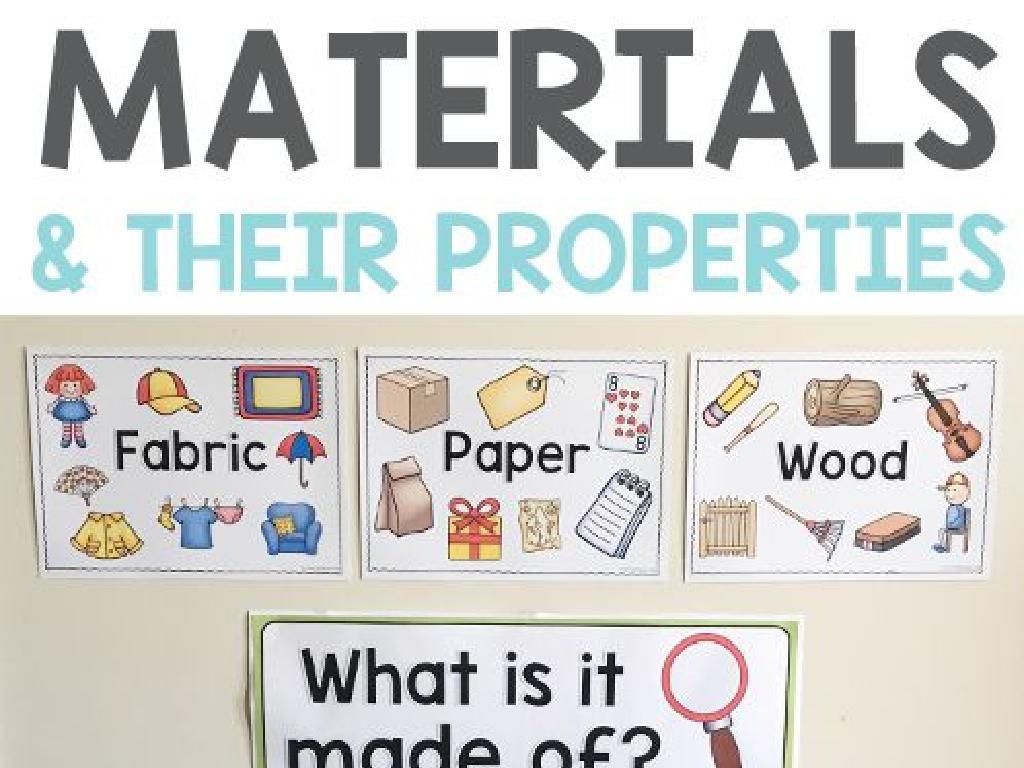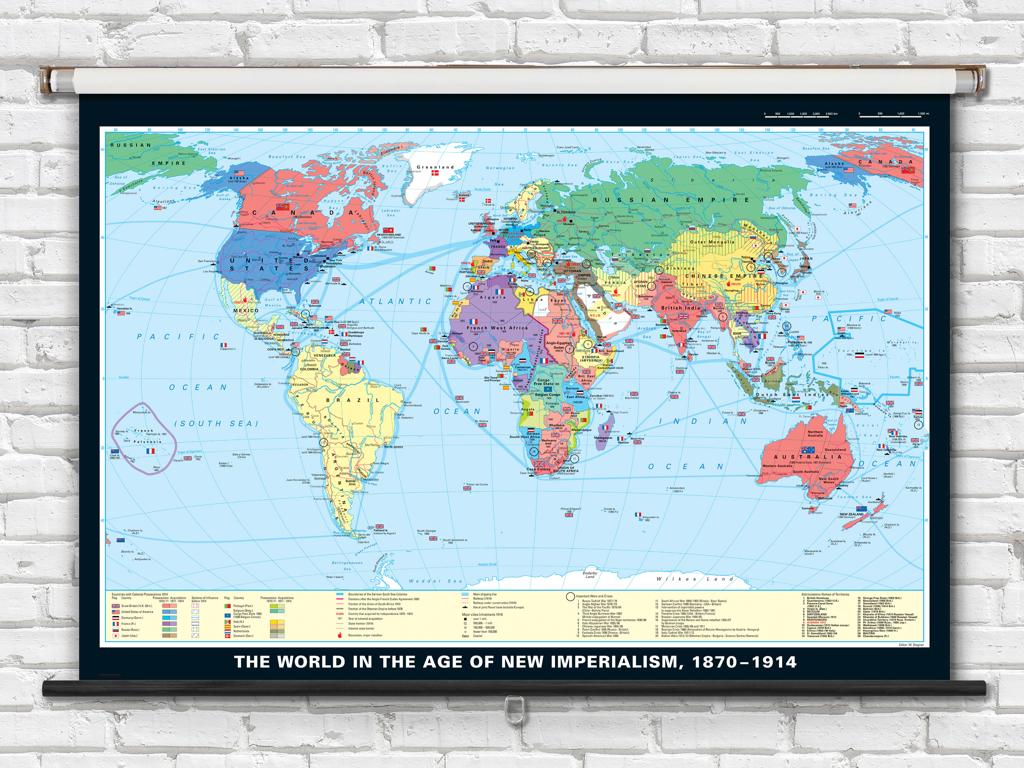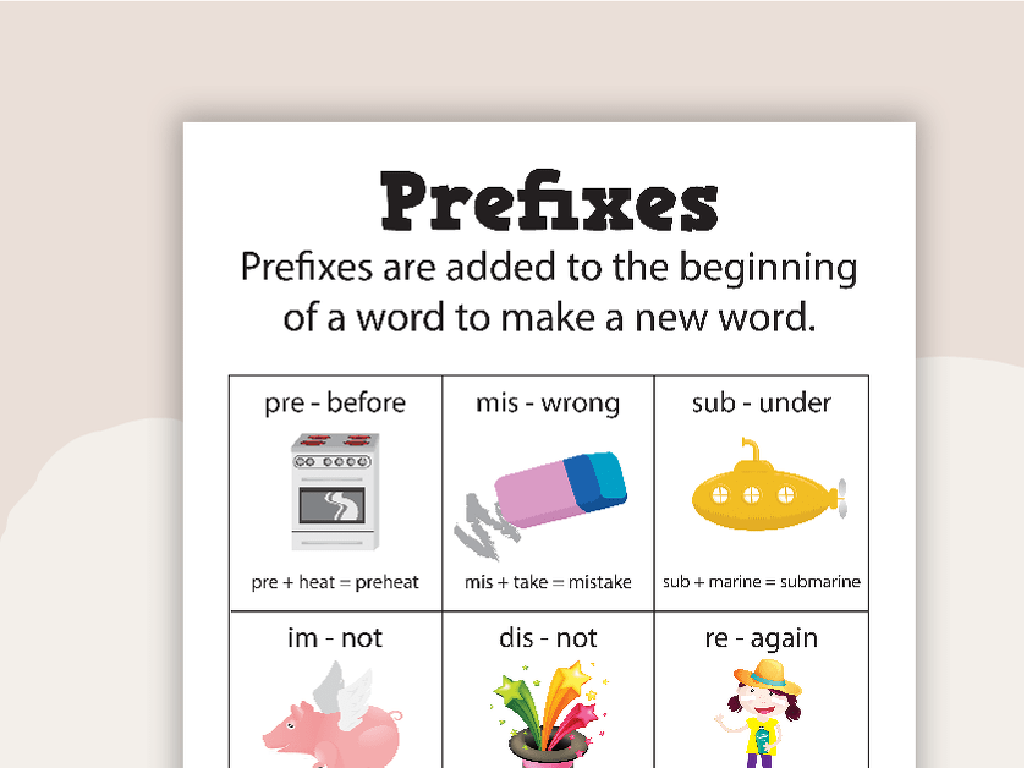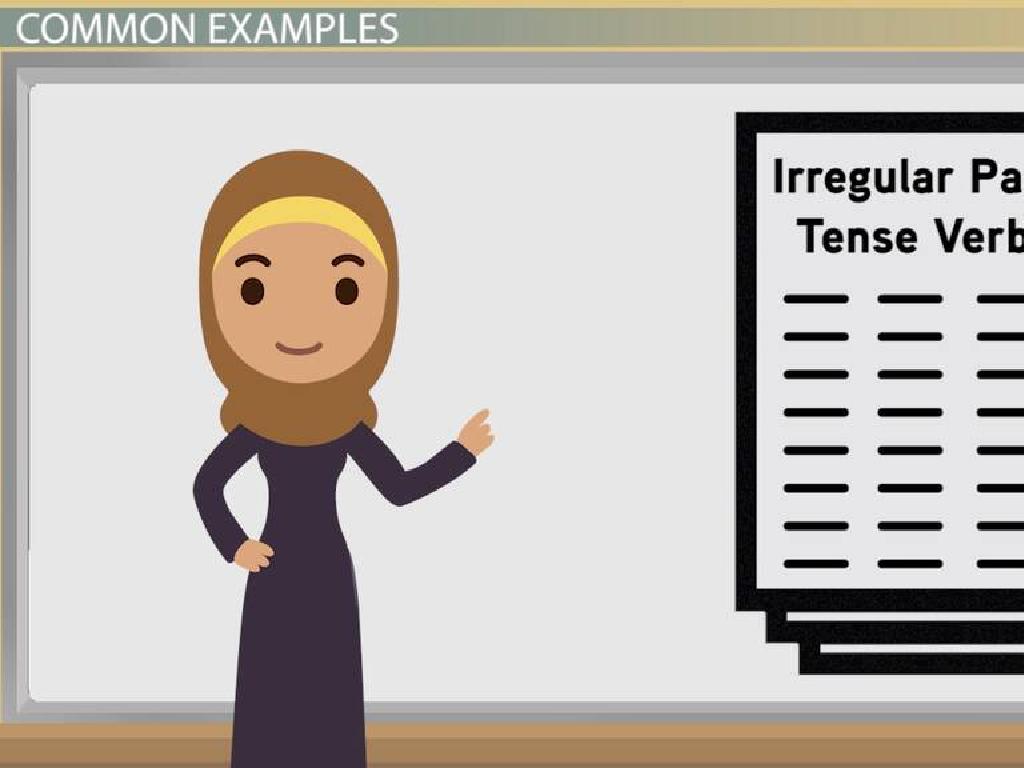Identify Types Of Taxes
Subject: Math
Grade: Fifth grade
Topic: Financial Literacy
Please LOG IN to download the presentation. Access is available to registered users only.
View More Content
Introduction to Taxes
– What are taxes?
– Mandatory contributions to state revenue
– Purpose of paying taxes
– To fund public services and infrastructure
– Taxes support our community
– For schools, parks, and emergency services
– Overview of tax types
– Income, sales, property, and payroll taxes
|
This slide introduces the concept of taxes to fifth-grade students, explaining that taxes are mandatory financial contributions to the government. Emphasize the importance of taxes in funding various public services and community infrastructure, such as education, parks, and emergency response. Provide a brief overview of different types of taxes, including income tax (paid on money earned), sales tax (added to the cost of purchased goods), property tax (based on property value), and payroll tax (deducted from an employee’s salary). Use simple and relatable examples to help students understand how taxes impact their daily lives and the functioning of society.
Understanding Sales Tax
– What is sales tax?
– A tax on the sale of goods and services.
– Sales tax impact on prices
– When you buy something, the sales tax adds to the total price.
– Calculating sales tax
– To find total cost, add the tax to the item’s price.
– Practice with real items
– Let’s calculate tax on a book, a toy, or a snack.
|
This slide introduces students to the concept of sales tax, which is a percentage of the price of goods and services that is added on at the time of purchase. Explain that sales tax is a way governments collect money to fund public services. Show how to calculate the total cost of an item by adding the sales tax to the listed price. Use relatable examples like the cost of a new book, a toy, or a snack to demonstrate how to calculate sales tax. Encourage students to understand that sales tax varies by state and locality, and to be aware of how it affects their spending. Provide practice problems for students to calculate sales tax on their own.
Understanding Income Tax
– What is income tax?
– It’s a tax on money people earn
– Why is income tax important?
– It helps the government run the country
– Income tax supports public services
– Pays for schools, roads, and hospitals
– How to calculate income tax?
– Example: Earning $100, tax rate 10%, pay $10
|
This slide introduces the concept of income tax to fifth-grade students, explaining that it is a portion of earnings paid to the government. Emphasize the role of income tax in funding essential public services like education, infrastructure, and healthcare, which benefits society. Provide a simple calculation example to illustrate how income tax is computed based on a percentage of income. This will help students grasp the basic idea of how taxes work and why they are a crucial part of our financial responsibilities.
Understanding Property Tax
– What is property tax?
– It’s a tax on land and buildings you own
– Property tax supports the community
– Funds schools, libraries, and parks
– Calculating property tax
– Based on a percentage of the property’s value
– Property value’s role in tax
– Higher value usually means higher tax
|
Property tax is a key concept in financial literacy, representing a major source of revenue for local governments. It is levied on property owners based on the value of their property, including land and buildings. The collected tax is used to fund essential community services such as public schools, libraries, parks, and infrastructure. To calculate property tax, a percentage rate is applied to the assessed value of the property. It’s important for students to understand that as the value of a property increases, so does the tax owed. This slide will help students grasp the basics of property tax and its impact on their local community.
Understanding Excise Tax
– What is an excise tax?
– It’s a tax on specific goods like gasoline.
– Common items with excise tax
– Gasoline, cigarettes, and alcohol often include this tax.
– Why do some items have it?
– To discourage use or raise revenue for public projects.
– Impact of excise tax
|
This slide introduces students to the concept of excise tax, a type of tax applied to particular goods. Explain that excise taxes are often included in the price of items like gasoline, cigarettes, and alcohol. Discuss the reasons why governments impose excise taxes, such as to discourage the consumption of potentially harmful goods or to fund specific public initiatives. Highlight the impact of excise taxes on pricing and consumption. Use relatable examples to help students understand how excise tax affects everyday purchases. Encourage them to think of other items that might have excise tax and why.
Comparing Different Types of Taxes
– Visual comparison of tax types
– Compare sales, income, property, and excise taxes using charts or images.
– Impact of taxes on people
– How do taxes affect individuals and families differently?
– Activity: Matching tax types
– Match each tax type with its correct description.
– Discuss tax contributions
|
This slide aims to help students understand the various types of taxes and their impact on different groups of people. Use visual aids like charts or images to compare sales, income, property, and excise taxes. Discuss how these taxes can affect individuals and families differently based on their income, spending habits, and property ownership. The activity will involve matching tax types to their descriptions to reinforce learning. For example, students will match ‘sales tax’ with ‘a tax paid when purchasing goods or services.’ Encourage students to think about how taxes contribute to public services and infrastructure. This will help them understand the role of taxes in society.
Why Taxes Matter: Public Services & Our Lives
– Taxes fund public services
– Schools, hospitals, and roads are funded by taxes.
– Taxes enhance daily life
– Taxes pay for libraries, parks, and safety services.
– Imagine a world without taxes
– No taxes could mean no public services or infrastructure.
– Group discussion activity
|
This slide aims to help students understand the importance of taxes in society. Begin by explaining that taxes are mandatory contributions to state revenue, levied by the government on workers’ income and business profits, or added to the cost of some goods, services, and transactions. Highlight how taxes are used to fund essential public services such as education, healthcare, and transportation infrastructure, which they use every day. Engage the class in a discussion about how their lives would be impacted if these services were not available due to a lack of tax funding. Encourage them to think critically about the role taxes play in maintaining and improving the quality of life in their community. The group discussion will allow students to express their thoughts and listen to different perspectives, fostering a deeper understanding of the topic.
Class Activity: Tax Scavenger Hunt
– Find taxed items in the classroom
– Work in groups to classify taxes
– Present your tax findings
– Discuss the role of each tax
|
This interactive class activity is designed to help students understand the concept of taxes in a fun and engaging way. Divide the class into small groups and have them search the classroom for items that might be taxed, such as school supplies or snacks. Each group should determine what type of tax could apply to each item (sales tax, income tax, property tax, etc.). After the scavenger hunt, each group will present their findings to the class, explaining why the item is taxed and the importance of that tax in society. As a teacher, be prepared to guide the discussion and provide examples of how taxes support public services. Possible variations of the activity could include researching tax rates, comparing taxes in different states, or even creating a mock store to practice calculating sales tax.






